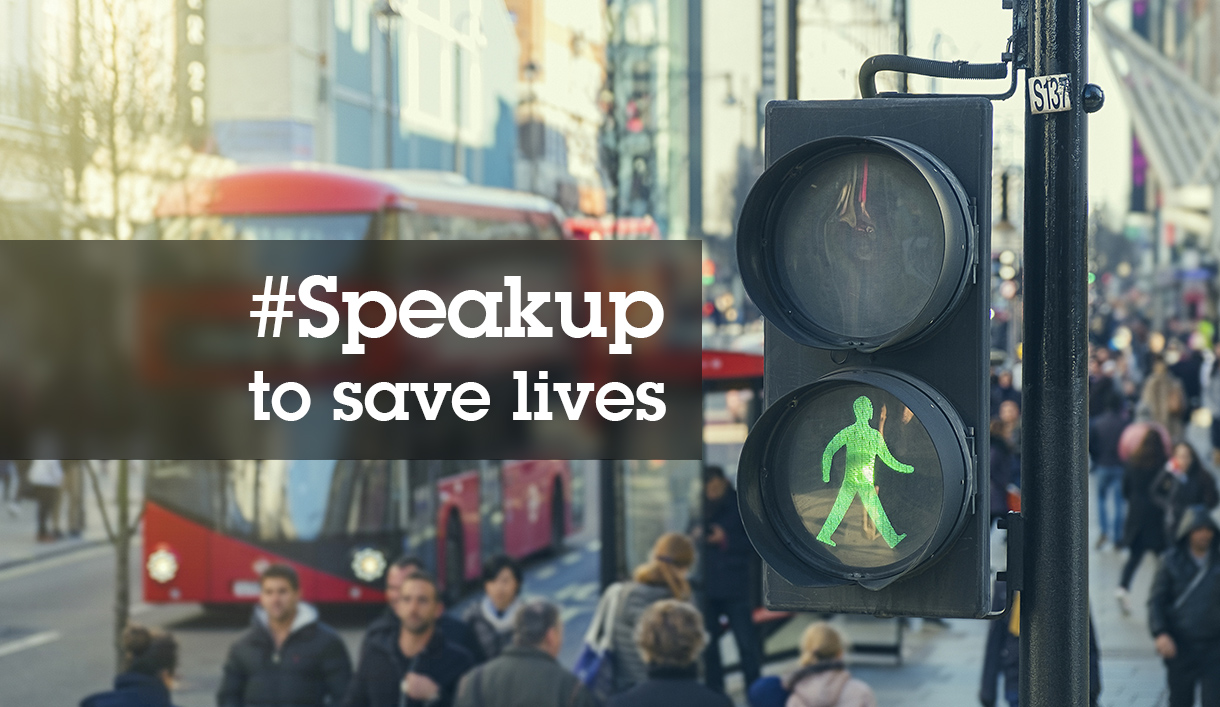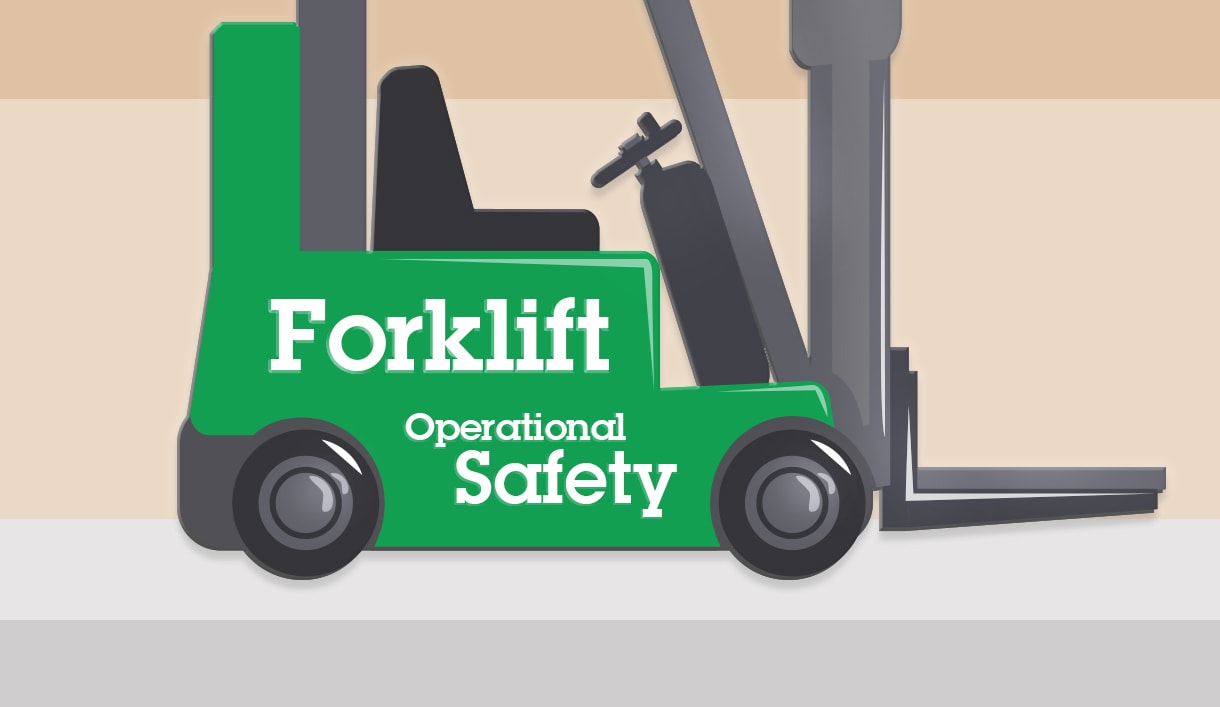UN Global Road Safety Week
Reducing road traffic incidents
This week marks the fifth occurrence of UN Global Road Safety Week.
As part of the world leaders’ Sustainable Development Goals, the occasion specifically highlights the goal of reducing road traffic incidents, with the long-term aim to halve injury and death rate caused by incidents by 2020.
This push is also informed by the ‘Decade of Action‘ campaign marking commitments from governments in 2011 to save lives on roads through five key pillars of activity; better road safety management, safer roads/mobility, safer vehicles, safer road users and improved post-crash response*1.
The Situation
For better or worse the goals of the campaign are ambitious, as the situation is much worse than many would care to acknowledge.
According to UN statistics*2 a staggering 3,700 people die on the road every day. This is essentially akin to someone dying in a road accident every 23 seconds. The annual picture isn’t much better either, 1.3 million people die on roads around the world while between 20 and 50 million are injured in traffic crashes*3.
All these big numbers may conjure up an unremittingly bleak image of where global road safety currently is, but the aforementioned ‘Decade of Action’ is hoping to turn things around; the ultimate aim being to save 5 million lives on our roads by 2020 should targets be met.
Much is being done on a large scale to counter the related risks and hazards, but it can’t just be at a government, council or organisational level. Successfully making roads around the world safer requires us all to be more aware of commonplace dangers and remain vigilant to the risks that may arise during our commutes.
We can all help make a difference at the ground level by becoming informed and speaking out against the unacceptable.

Becoming a Health and Safety Manager is more achievable than you think, study online to become NEBOSH Qualified.
#Speakup to save lives
The main call to action for this week tasks everyone to #speakup to save lives.
This hashtag directs people to recognise unacceptable risks on our roads and raise their voice demanding action be taken to reduce or entirely remove them wherever possible.
Based upon their technical package*4 six key areas are highlighted by WHO which should be common knowledge so people can recognise and challenge a lack of care or development appropriately:
- Speed Management – Probably the most obvious area of awareness, but always worth bringing up again. Higher traffic speeds typically increase the likelihood of a crash occurring thanks to greater stopping distances, while the consequences of an accident being life threatening also rise. Specific things to challenge to control this include:
- Enforcement of speed limits.
- Modification of roads to calm traffic flow with features such as speed bumps, roundabouts and road narrowing.
- Leadership on road safety – In order to for action to be realistically taken on road safety policies effective leadership is required. Leaders spearheading the call for change need to collaborate across areas which include transport, health, finance, education and departments of law. Specific interventions would likely include:
- Developing and funding a road safety strategy.
- Evaluating the effectiveness of new strategies.
- Strengthening data collection systems to improve monitoring of road safety.
- Use of education and campaigns to raise awareness of road safety issues.
- Infrastructure design and improvement – Promotion of environmental alternatives to driving such as walking or cycling is relatively commonplace, unfortunately infrastructure may often force them to travel on roads in close proximity to high speed vehicles, inevitably raising risks. Action which could be taken includes:
- Provision of more cycle lanes and space for motorcycles.
- Ensuring proper pavement sidewalks, safe crossings, overpasses and underpasses are available in areas with substantial pedestrian activity.
- A call to design safer intersections.
- Restriction of traffic speeds near schools and residential areas.
- Vehicle Safety Standards – Besides the state and management of roads themselves, there is the matter of safe vehicles. The state of a vehicle can have a huge impact on the reliability crash counter measures and the overall impact a crash has. The UN has a set of vehicle safety standards – ‘Harmonization of Vehicle Regulations*5′ – but application is voluntary and only 40 countries currently meet all the priority safety regulations.
- Enforcement of traffic laws – Certain behaviours typically increase the likelihood of a road traffic accident and injury occurring. For the most part laws are in place to control these but enforcement may be negligent. Key examples include:
- Driving under the influence of alcohol or other drugs.
- Failure to wear helmets on motorbikes.
- Failure to wear seatbelts or have appropriate child seats.
- Crash survival – The timely arrival of effective emergency care following a crash can make the difference between life and death. This doesn’t just refer to ambulances and hospitals either, assistance for bystanders can also save lives in the crucial minutes following an accident. Raising the call for members of the community to receive first responder training could make all the difference.
Knowing the following, how do you feel about your typical commute? Are there unacceptable risks present in infrastructure, road behaviours or law enforcement? Should more be done?
As Road Safety Week directs, it is up to all of us to speak up and save lives.
–
SHEilds Ltd
References
*1 https://www.unroadsafetyweek.org/en/about
*2 https://www.who.int/roadsafety/en/
*3 https://www.who.int/news-room/facts-in-pictures/detail/road-safety
*4 https://www.unroadsafetyweek.org/en/speakup-to-savelives#savelives
*5 https://www.unece.org/trans/main/wp29/meeting_docs_wp29.html








Leave a Reply
Want to join the discussion?Feel free to contribute!